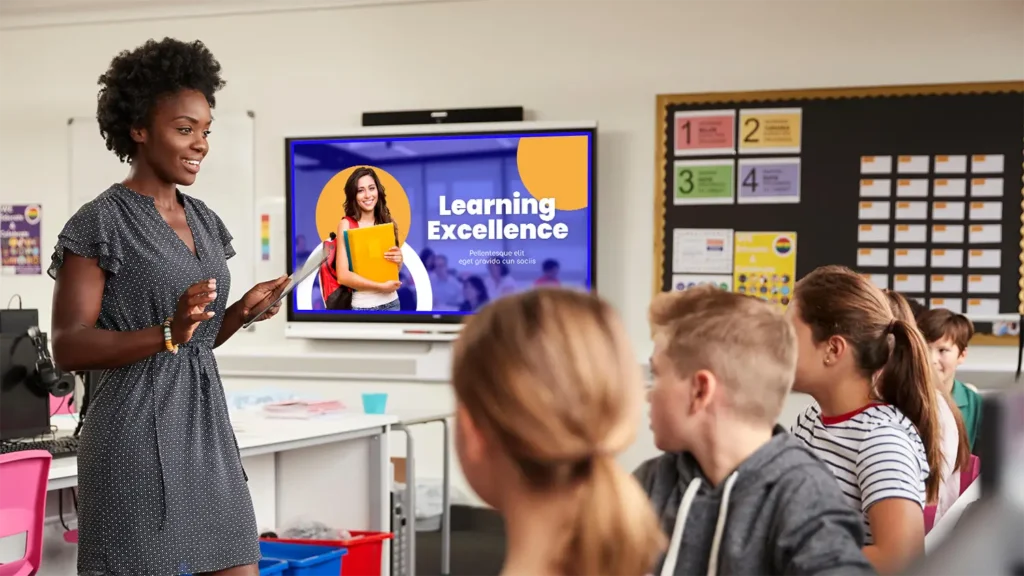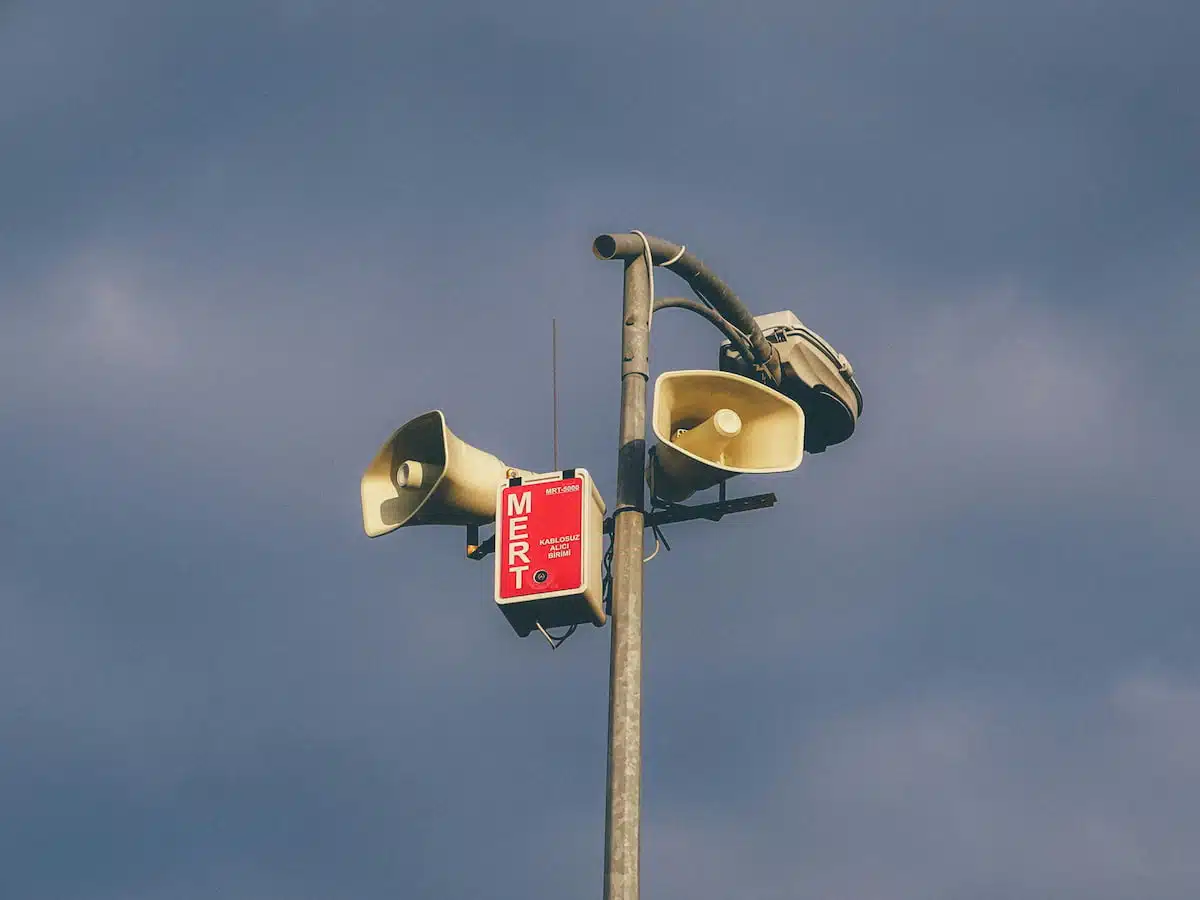
7 Questions to Assess the Health of Your Surveillance & Security Technology
Your surveillance and security systems are only as strong as their weakest component. Outdated hardware, unsupported software, or a lack …

Discover the Future of Learning with our latest resources. Click here to get your free EdTech eBooks today!
If you’ve been involved with educational technology, you’re likely no stranger to the term “digital divide.”
The concept of equitable access to technology has shaped many initiatives over the last few decades, striving for access to devices, the Internet, and education for all students nationwide. These efforts, both public and private, have aimed not only to provide physical devices but also to ensure that all students have equal opportunities to leverage technology for learning.
The US Department of Education recently released the 2024 National Educational Technology Plan (NETP) that discusses the current state of three divides evident in the education system:
In a series of blog posts, we’ll dive into the insights provided by the NETP and explore how they can guide our efforts to bridge these digital divides in education, as well as how S3 Technologies can help you assess and address your edtech needs and goals.
Let us first explore the Use Divide.

While the COVID-19 pandemic shed new light on the lack of equitable access to devices across the nation, it also created a new problem: an overabundance of digital tools without proper knowledge of how to use them to their full potential.
The Use Divide refers to the spectrum of how students use technology in their education. On the one hand, we have students who are actively engaging with technology to create, analyze, and produce with digital tools. On the other hand, some students use technology for basic, passive assignment completion. Unfortunately, studies show there’s often a correlation between students from “historically marginalized” backgrounds and students who are on the more passive end of the digital use spectrum.

| US Department of Education Recommendations | How S3 Technologies Can Help |
| Develop a “Profile of a Learner/Graduate” outlining cognitive, personal, and interpersonal competencies students should have when transitioning between grade levels and graduation. | Technology must be integrated intentionally and with purpose into the classroom if we want to successfully prepare students to leverage tech in their post-educational careers. At S3, we help teachers craft engaging projects and activities that work to foster specific skills and make learning with tech meaningful for students. |
| Design and sustain systems, including needs assessments, technology plans, and evaluation processes supporting the development of competencies outlined in the “Profile of a Learner/Graduate” through the active use of technology to support learning. | At S3 Technologies, we often utilize the Technology Uses and Perceptions Survey (TUPS). This examines what technologies are viewed as useful and necessary for students to grow and where the gaps in teacher training exist. This allows schools to prioritize purchasing and training plans to best achieve those skills and competencies from the portrait in the point above. |
| Develop processes for evaluating the potential effectiveness of digital tools before purchase, including the use of research and evidence. | As former educators, we know how frustrating it can be when money is spent on tech tools without properly vetting how they fit into the curriculum and assist in achieving student-based goals. We often suggest trialing new technology with a small focus group of teachers and collecting data to determine its educational value. This has a two-fold benefit of empowering educators to become leaders and co-designers of professional learning experiences, which is another NETP recommendation for closing the Use Divide. |
| Provide professional learning and technical assistance to district leaders, building-level administrators, and educators to support the use of evidence to inform edtech use. | One of the first ways S3 Technologies can assist schools is by building up the professional development offerings for educators and administrators; we work with schools to design relevant and effective training to assist educators in gaining the confidence to not only use tech tools but also teach students to use them as well. |
Technology can be a great aid to students, but only if its use comes with a deep understanding of the learning goals it is meant to achieve.
S3 Technologies specializes in bridging the Digital Use Divide in education. Our team of educators and tech experts deliver comprehensive edtech solutions tailored to your school’s unique needs, from design to installation and ongoing support.
Call (330) 648-5408 today to discover how S3 Technologies can support your school toward an effective and individualized education technology adoption.
See Part 2 of this blog series to explore the Digital Design Divide.

Your surveillance and security systems are only as strong as their weakest component. Outdated hardware, unsupported software, or a lack …

School safety has never been more important. In an era where timely and effective communication can make all the difference, …

These days, school video productions have become commonplace. Most students own smartphones with cameras, many editing programs are free, and …

“What technology should I buy for my school?” It’s a common question among teachers and administrators—and with good reason. Educational …